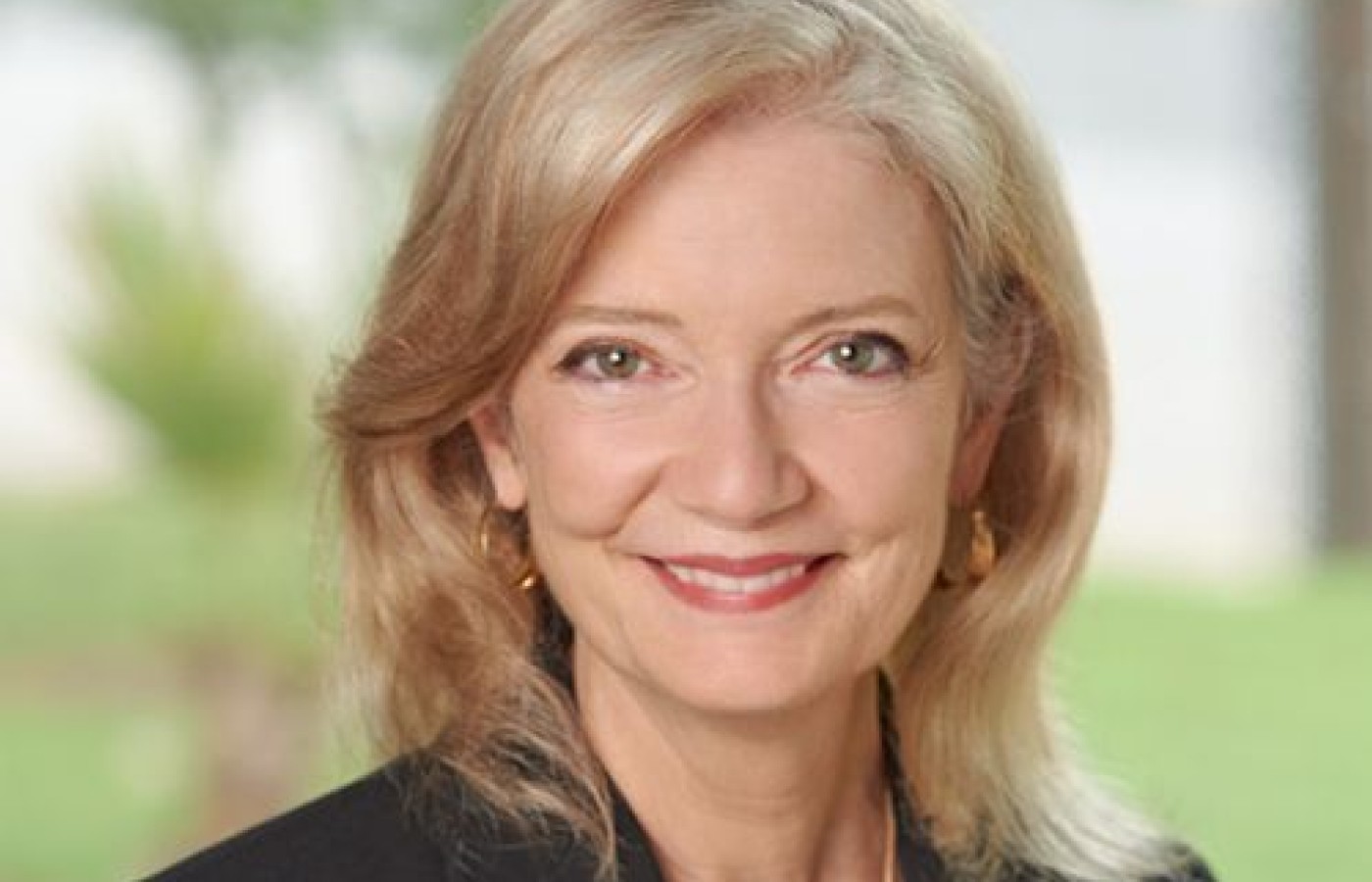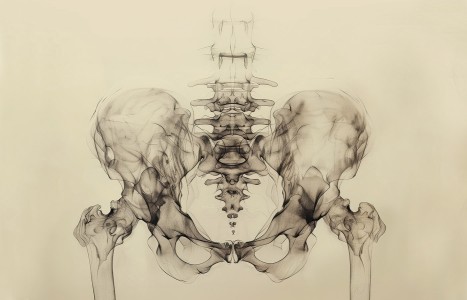People today want convenience, whether it be from their bank, credit card, favorite retail store, or restaurant. They demand it from the companies who hold their loyalty, including their health care providers (you). They don’t want to call and possibly be put on hold, and they want to use an app or schedule an appointment on your website. Here are three reasons your practice can gain by switching to online appointment scheduling.
A Conversation With Dr. Betty Edmond
This month's column is an exclusive interview with Betty Edmond MD, newly elected CEO/President of the AOMA Graduate School of Integrative Medicine in Austin, Texas. Dr. Edmond is the former V.P. of Medical Affairs at Seton Healthcare Family, former Medical Director at Children's Hospital of Austin, and a specialist in pediatric infectious diseases.
PF: Dr. Edmond – what inspired you to take this leap into integrative medicine after years as a pediatrician and medical director?
BE: The underlying goal in my life's work has always been to help others. Whether in the practice of pediatrics, administrative leadership in healthcare organizations, work with nutrition and healthy food preparation or leadership in integrative medicine, my contribution is about helping others to obtain the knowledge and services that best meet their health care goals.
PF: How long did you serve on the AOMA board – and how did this experience prompt your decision to accept the CEO position?
BE: I served on the AOMA Board of Governors from 2008 to 2014 and was impressed by the commitment and expertise of the people working for AOMA at all levels. I also learned more about the field of Chinese medicine during my tenure on the board and was very excited to be asked to consider leadership.
PF: AOMA is perhaps the only acupuncture school in the U.S. to rename itself "Graduate School of Integrative Medicine" and all that implies. As an MD - how do you see yourself adding to this vision for the future?

BE: As a physician in practice and in health care leadership for many years, I appreciate how western medicine has evolved into a specialty care model, often organ specific. This approach may not always consider the needs of the whole person and the impact of treatment to other organ systems. TCM is fundamentally different in its approach to patient care, focusing on the whole individual, and the effect of the part to the whole, in preventative and treatment-oriented care. I think there is a place for both types of medicine in this country, but feel it would be in the best interest of the patient for knowledgeable practitioners to coordinate the most appropriate services to meet health care needs in the least invasive way. This is "integrative care".
PF: Pediatricians are often on the cutting edge of environmental activism. Mona Hanna-Atisha MD was the first to whistle the alarm in Flint, Michigan about the contaminated water causing a high incidence of lead poisoning in children. Pediatricians like Bill Horn MD in Boone, North Carolina persuaded local Christmas tree farmers to swap pesticides for organic methods in a successful effort to reduce the high incidence of childhood leukemia. Whistleblower pediatricians H.I. Needleman and P.J. Landrigan wrote the milestone work Raising Children Toxic Free. Can you share incidents from your own long career as a pediatrician where your observations prompted a change in awareness or methodology, especially in your field of pediatric infectious diseases?
BE: Between 1984 -1996 I was the first and only physician to practice as a pediatric infectious disease specialist in Austin. I found that over 90 percent of my work was in pediatric or neonatal intensive care units, as well as in the city-owned hospital that focused on pediatric care. However, in the hospital setting, all support services were adult-focused and I saw an urgent need to develop processes and systems specific to children's needs. So I worked with the leaders of the hospital, both physicians and administrators, to develop a separate pediatric infection control service, a pediatric pharmacy committee and a children's hospital quality improvement committee, and ultimately was elected as the first Chief of Staff of the children's hospital. I will be forever grateful for this experience. It showed me what could be accomplished when you work with others to develop systems that improve care. It allowed me to live into what Gandhi held so dear - to be the change you want to see in the world.
PF: Do you feel Schools of Acupuncture should – for the above reasons – expand their training in pediatric medicine, and not just pediatric Tuina?
BE: Certainly. Children, as with adults, should be provided preventative and therapeutic health care options that have the potential for diminishing their needs for drugs, invasive procedures and complex therapeutic regimens, wherever possible.
PF: Would you like to teach a future class on pediatric medicine at AOMA – focusing perhaps on a case study approach, to equip students with a 3D insight into some common problem areas they may need to address through acupuncture, Tuina or herbs?
BE: I could envision co-teaching a future class in pediatric infectious disease management, together with Dr. Jamie Wu because of his expertise in pediatric acupuncture and pediatric Tuina.
But at the moment, I am focusing on the executive leadership needs of AOMA, as well as integration opportunities that have arisen in the Seton Healthcare Family and the new Dell Seton Medical Center. Ideally, I would be teaching in the classroom, as well as serving in an administrative role, which would allow me to develop closer relationships with students.
PF: I see you hanging out with students over brown bag lunches, and sitting in their midst during certain classes. What have you gained from these experiences?
BE: I always learn from students! As a recent example, over tea in the student lounge, a number of students said they would love to have greater access "to the brains" of our faculty. They listed off each of our faculty members and the specialty knowledge in medicine that each brings to AOMA. It was an amazing list! As we talked further, we also started to form a mentoring concept and possible round table discussion platform that would allow more exposure to faculty beyond the classroom experience. We are now exploring these concepts with students to see what we can create to meet their needs. As always, time with students, is invaluable!
PF: In specific terms, how do you see AOMA interacting with University of Texas, Austin's new medical school in the future?
BE: The new medical school is partnering with Seton Healthcare Family, and Ascension Health nationally, to develop a comprehensive approach to pain management that is patient focused and designed to lower short and long term risks. They have asked AOMA to provide leadership in this transformation, helping to create models of delivery that include traditional and complementary medicine and its integration with Western medicine. It is a wonderful opportunity.
PF: Do you visualize a day when AOMA students do rounding at local hospitals together with medical students?
BE: As we start to bring the two types of medicine together around the patient, I feel it will become more evident that students in both modalities would benefit from cross-training. I am committed to exploring this approach.
PF: You add a new direction to AOMA's eclectic list of former CEOs – namely – founder Stuart Watts LAc, who has fathered different acupuncture schools in the U.S.; retired USAF Colonel Jimmie Coombes with his strong leadership; pulse guru Dr. Will Morris, and of course co-owner Linda Fontaine who stepped in admirably as interim CEO. What have you learned from those who captained the ship with a handful of students in 1994 through to its current body of over 300 students?
BE: When I look back on the leadership of AOMA, I see that each leader brought personal gifts that best served the needs of that specific time in the organization. Stuart Watts, with his enthusiasm and creativity, founding the school. Colonel Coombes applying his leadership to growth as he took AOMA to its next stage of development. Dr. Morris creating two doctoral programs and extending research, as well helping AOMA achieve regional accreditation. Linda Fontaine, applying business expertise and knowledge of the organization to step in selflessly to serve as interim-CEO. I now see that my experience in leadership in health care systems with physicians and administrators is also a timely asset for AOMA. I personally thrive on change, opening up new ways of doing things to achieve even greater successes. This country is crying out for a change in health care and desperately needs professionals in the field to open their minds and meld together the best the East and West has to offer to benefit the patient. It is my personal goal to bring these two medical worlds even closer together with a better and safer model of health care. I feel the timing is just right!



